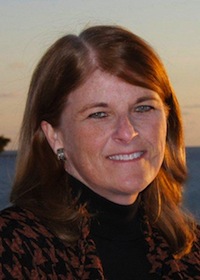The Downfalls Of Medical Care In America’s Rural Communities
 I graduated from medical school in 1985, am board certified in EM and practiced 25 years—mainly inner city/trauma/teaching centers. However, the last 5 years were in a rural 25-bed hospital, 60 miles from a shopping mall or hospital with higher capabilities and specialists. My hourly rate was competitive and the hospital provided benefits included: malpractice, health, dental, & vision insurance, prescription coverage, paid vacation/CME allowance, and pension contribution.
I graduated from medical school in 1985, am board certified in EM and practiced 25 years—mainly inner city/trauma/teaching centers. However, the last 5 years were in a rural 25-bed hospital, 60 miles from a shopping mall or hospital with higher capabilities and specialists. My hourly rate was competitive and the hospital provided benefits included: malpractice, health, dental, & vision insurance, prescription coverage, paid vacation/CME allowance, and pension contribution.
Palliative Medicine (intensive symptom management for chronic or serious illness, coordination of care and clarification of patient/family treatment & life goals) is a subspecialty in urban settings but is lacking and most needed in the rural community setting. The chronically ill patient who is also typically elderly may present to the ED and be denied hospital admission after an ED physician evaluation. The doctor can “request” admission from an at-home Utilization Review nurse who checks the admission guidelines and if not met, reports the patient is to be sent home—even if it is over the objections of the physician who has evaluated the patient. There is no systematic follow-up of these patients, and they are told to “contact your primary care physician.” No one is making sure this happens. Some do not have primary care physicians and may be unable to obtain a timely appointment. The hospital does not have a social worker to coordinate care or provide assistance in the confusing navigation of insurance/appointments/outpatient testing, etc. There is no 24-hour pharmacy. Many of these patients do not have transportation or no longer drive and often live many, many miles from the hospital relying on neighbors, church folk, or county ambulance when they become ill.
In 2010, I opened Read more »










